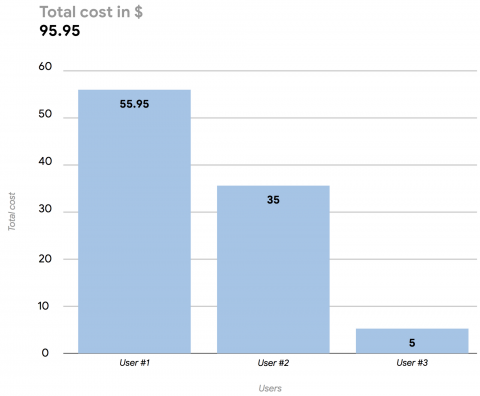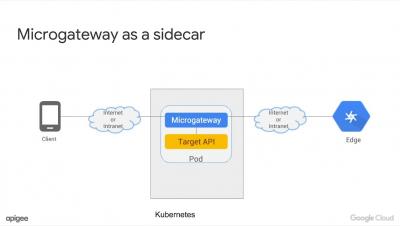Systems | Development | Analytics | API | Testing
%term
Taking a practical approach to BigQuery cost monitoring
Google BigQuery is a serverless enterprise data warehouse tool that’s designed for scalability. We built BigQuery to be highly scalable and let you focus on data analysis without having to take care of the underlying infrastructure. We know BigQuery users like its capability to query petabyte-scale datasets without the need to provision anything. You just upload the data and start playing with it.
New Bugfender React Native Plug-in [New Feature]
Some products you build because you want to. Others you build because you have to. In the case of Bugfender’s brand-new plug-in for React Native, it was definitely the latter. Like the rest of the development world, we’ve come to rely on this cross-platform framework to build killer apps across Android, iOS and web. But that’s not why we’ve built our plug-in. No, it’s because our users were building their own versions!
The tension of user vs technology in BI and analytics
Earlier this year, I attended the Pacific Northwest BI & Analytics Summit. It’s a relatively small industry event that brings together some thought leaders, industry analysts and representatives from major vendors who are all intensely passionate about the BI space. Some of the people who were there include Donald Farmer, Doc Searls, Jill Dyche, Claudia Imhoff, Mike Ferguson and Shaun Rodgers.
Glen Rabie: The tension of user vs. technology - a turning point for analytics?
Epicosity's Search for the Perfect Client Reporting Solution
How to Migrate to Microservices Like a Pro
Epicosity's (Years Long) Search for the Perfect Client Reporting Solution
Chris Kappen joins the Agency Spotlight to share how Epicosity’s client reporting process has evolved since implementing Databox.
Announcing Kong Cloud
Today at KubeCon, we announced the launch of Kong Cloud – a fully managed version of Kong Enterprise designed to accelerate large organizations’ digital transformation initiatives. With Kong Cloud, customers can instantly start building cloud native services and connect all their services across different environments, vendors and platforms.
Data Matching with Different Regional Data Sets
When it comes to Data Matching, there is no ‘one size fits all menu’. Different matching routines, different algorithms and different tuning parameters will all apply to different datasets. You generally can’t take one matching setup used to match data from one distinct data set and apply it to another. This proves especially true when matching datasets from different regions or countries. Let me explain.











